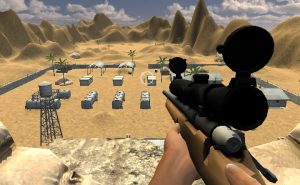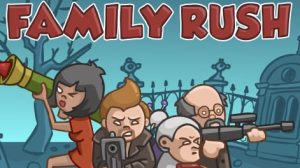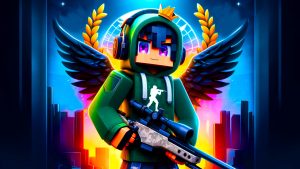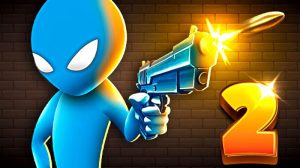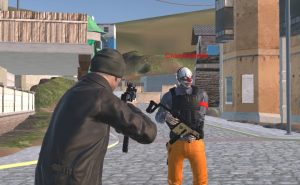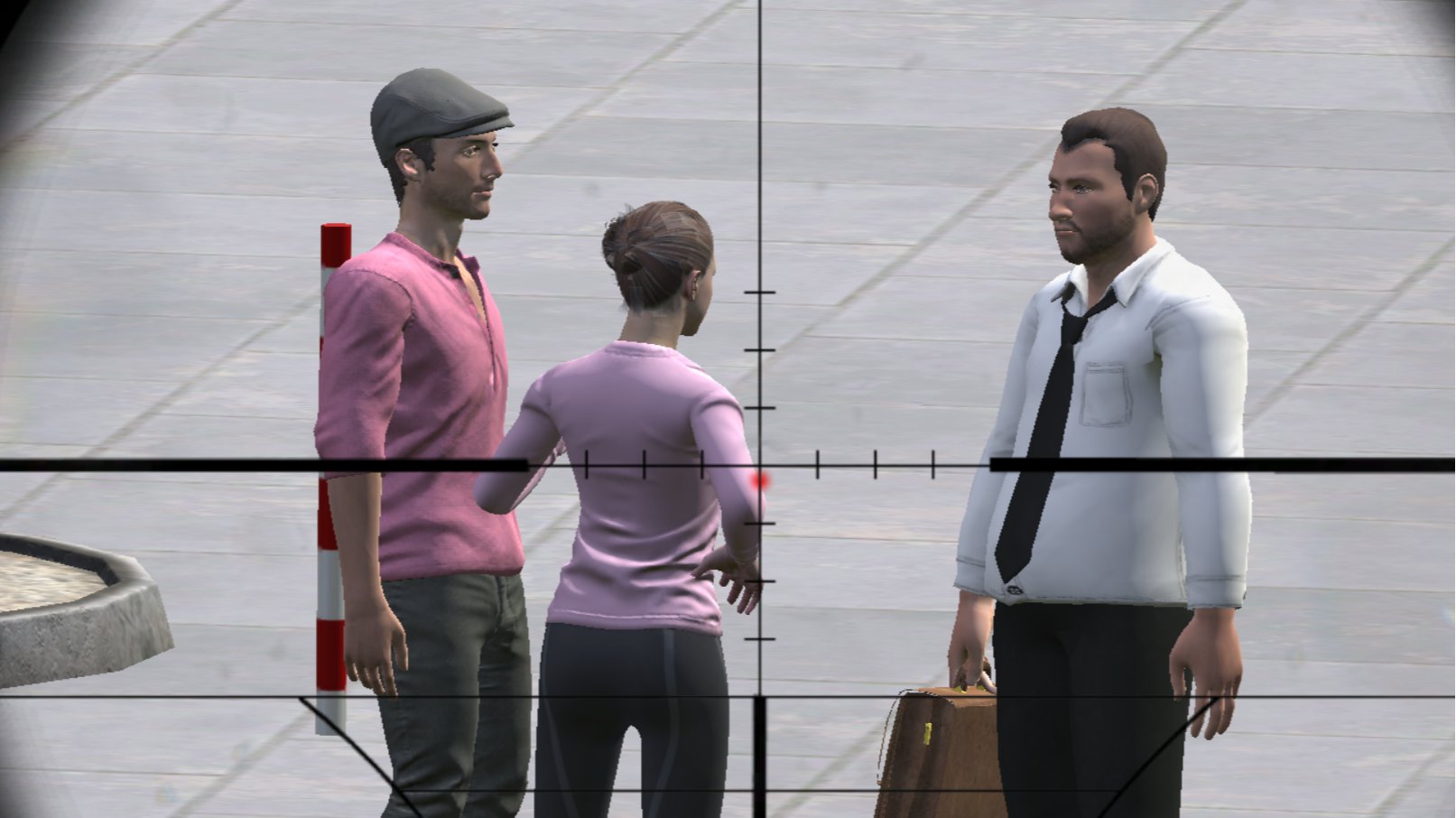
17534

Gunblood: The Ultimate Wild West Duel Experience
Introduction to Gunblood
What Is Gunblood?
Gunblood is a pulse-pounding online shooting game that immerses players in the ruthless world of Wild West duels. Known for its intense reaction-based gameplay, Gunblood challenges players to outdraw increasingly skilled opponents across nine deadly rounds. With ten unique characters to choose from, each duel becomes a test of reflexes, precision, and nerves. The game’s minimalist design focuses on split-second decision-making, where a single misclick can end your streak. Gunblood has garnered a cult following for its addictive "one more try" loop, blending old-west aesthetics with arcade-style action that keeps players returning to prove their sharpshooting dominance.
The Premise of Gunblood
In Gunblood, players step into the boots of a gunslinger competing in a deadly tournament where only the fastest trigger finger survives. Each round pits you against a new opponent, escalating in speed and unpredictability. The core mechanic revolves around drawing your weapon faster than your adversary while avoiding accidental shots that trigger instant defeat. Gunblood’s tension peaks during standoffs where both duelists lock eyes, waiting for the slightest twitch to unleash bullets. With no health bars or second chances, every match in Gunblood feels like a high-stakes showdown straight from spaghetti western lore.
Gameplay Mechanics of Gunblood
The Duel System Explained
Gunblood’s gameplay centers on its iconic duel system. Players click to draw their weapon, then rapidly aim and fire at opponents before they retaliate. The cursor transforms into a crosshair, requiring pixel-perfect accuracy to score headshots for maximum points. Each duel lasts mere seconds, but mastering Gunblood demands understanding subtle mechanics: opponents fake draws to bait premature shots, environmental obstacles like swinging saloon doors block lines of fire, and ricocheting bullets can accidentally hit bystanders. The game tracks combo multipliers for consecutive precision kills, encouraging riskier shots. Gunblood’s control scheme—simple to learn but impossible to master—creates an endless skill ceiling.
Characters and Opponent Variety
Gunblood features ten distinct characters, each with unique animations and behavioral patterns. Early opponents, like the nervous "Greenhorn," telegraph their moves, while late-game foes such as "Dead-Eye Duke" employ feints and rapid draws. Unlockable characters, including a Native American tracker and a steampunk-inspired inventor, offer cosmetic variety without altering core mechanics. The AI in Gunblood adapts subtly—opponents remember your tactics, forcing players to vary their strategies. Secret boss duels against non-human adversaries (e.g., a mechanical gunslinger) appear randomly, testing mastery of Gunblood’s mechanics under unexpected conditions.
Key Features of Gunblood
Progressive Difficulty Curve
Gunblood’s nine-round structure introduces escalating challenges. Rounds 1-3 focus on reaction speed, while later stages incorporate environmental hazards like dust storms obscuring vision or dynamite crates altering battlefield layouts. The final three rounds remove crosshairs entirely, demanding muscle memory precision. Each victory in Gunblood unlocks harder variants, including a nightmare mode where opponents shoot simultaneously. The game’s leaderboards separate casual players from elites who’ve conquered these extreme versions, ensuring Gunblood remains replayable long after initial completion.
Audiovisual Design and Atmosphere
Gunblood employs a stylized visual approach—characters are rendered in bold silhouettes against sepia-toned backdrops reminiscent of vintage wanted posters. Bullet trails glow red, creating stark contrasts during quickdraw moments. The soundtrack mixes twangy guitar riffs with tense percussion that halts abruptly during duels, amplifying suspense. Subtle audio cues, like an opponent’s shaky breath or the cocking of a hammer, provide critical gameplay feedback. These design choices make Gunblood both visually distinctive and mechanically immersive.
Advanced Strategies for Gunblood Mastery
Precision and Timing Techniques
Top Gunblood players utilize advanced techniques like "trigger baiting"—flicking the mouse without firing to induce opponent panic shots. "Bullet banking" involves angling shots off walls to hit enemies behind cover, while "dual targeting" lets skilled players eliminate two foes in one round under specific conditions. Mastering the reload rhythm between duels prevents vulnerable gaps in combat. High-score chasers manipulate combo systems by alternating headshots and limb hits to extend multipliers. These strategies transform Gunblood from a simple reaction test into a cerebral shooting gallery.
Psychological Warfare Tactics
Gunblood’s AI reacts to player behavior—hesitation encourages opponents to attack aggressively, while consistent quickdraws make them cautious. Bluffing by aiming away from enemies sometimes triggers premature celebrations that players can exploit. Observing an opponent’s "tell" (e.g., finger twitches or hat adjustments) becomes crucial in later stages. The game’s tension mirrors real dueling psychology, making Gunblood as much about mind games as marksmanship.
Community and Legacy of Gunblood
Competitive Scene and Mods
Gunblood maintains an active community through leaderboard rivalries and fan-made mods. Popular mods include zombie duel modes, infinite ammo variants, and historical reskins placing the game in samurai or sci-fi settings. Annual tournaments sponsored by the developers feature custom opponents and exclusive cosmetics. The Gunblood Discord server hosts strategy workshops where veterans analyze duel frame data—down to the millisecond—to optimize performance. This dedicated following has kept Gunblood relevant years after its initial release.
Cultural Impact and Updates
Gunblood’s influence appears in later reaction-based games, inspiring mechanics like the "quickdraw" systems seen in VR titles. The developers periodically update Gunblood with seasonal events—zombie cowboys during Halloween, snowball fights replacing bullets in December—while preserving the core experience. Rumors of a mobile port with gyroscope aiming and a potential sequel titled Gunblood: Showdown continue to fuel community excitement. As a pioneer of browser-based duel games, Gunblood’s legacy endures through its perfect balance of simplicity and depth.
Why Gunblood Remains a Genre Classic
The Art of Minimalist Game Design
Gunblood proves that complexity isn’t necessary for depth—its one-click control scheme conceals layers of strategy. The game’s focus on pure skill over luck creates a fair yet brutal challenge that respects player dedication. By stripping away health bars, power-ups, and complicated menus, Gunblood delivers undiluted tension that AAA titles often struggle to replicate.
An Everlasting Test of Reflexes
Whether you’re a newcomer facing your first duel or a seasoned gunslinger chasing world records, Gunblood offers an unmatched adrenaline rush. Its timeless appeal lies in the universal fantasy of being the fastest shooter in the West—a fantasy Gunblood lets players live, one heart-stopping duel at a time.
